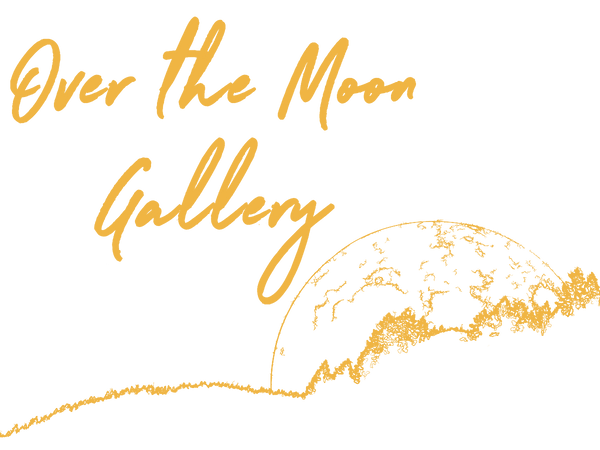A new study has tested and verified that seeing art in real life has a much greater effect on our brains and feelings than a reproduction. In fact, 10 times as much!
This neurological study, commissioned by the Mauritshuis Museum in the Netherlands (see their museum photo above), has revealed that original works of art in a museum stimulate the brain in a way that is 10 times stronger than looking at a poster.
The study used eye-tracking and brain scanning technology to record the response of 20 volunteers looking at genuine artworks and reproductions.
For their research, they chose Johannes Vermeer's 'Girl With a Pearl Earring', one of the world's most popular paintings.
They discovered that a person looking at the painting is affected by a special brain phenomenon they called "Sustained Attentional Loop". This is where the viewer's eye is drawn first to the girl's eye, then to her mouth, then across to the pearl, then back to the eye repeatedly.
These active brainwaves, they found, belong to the part of the brain involved with consciousness, self-reflection, and personal memories. This phenomenon causes a person to look at the art longer. In other words, "You have to pay attention whether you want to or not."
We wanted to test it out. On a visit to the Norton Simon Museum in Pasadena, CA, our volunteer, Max, spent time with two artworks.
The first piece of art is a painting by Amedeo Modigliani, titled 'Jeanne Hébuterne'. (For info purposes, we added the area considered "Sustained Attentional Loop" to the image)



Max saw a reproduction print in the gift store and then spent time looking at the original piece. The subject's face in this painting relates closely to the 'Sustained Attentional Loop' template used in the study.
"I was drawn to her face, studying her eyes particularly. In looking at the rest of the image, her pose and her body language, I was engaged and wished I knew more about her and her life."
The second work of art is 'The Mulberry Tree' by Vincent van Gogh.



Again, his first look was at a print before seeing the original painting.
"While this subject differed from a portrait, I wanted to look closely at van Gogh's use and buildup of paint, his brushstrokes, and how they swirled through the background, creating more of a sculpture than a flat surface. Something like that can't be replicated in a photo."
This scientific study, the first of its kind, confirms what we've long suspected, that original art possesses a unique power that stimulates our brain in positive ways.
Marvin Gaye and Tami Terrell knew what they were singing about! 'Ain't Nothing Like the Real Thing.'

